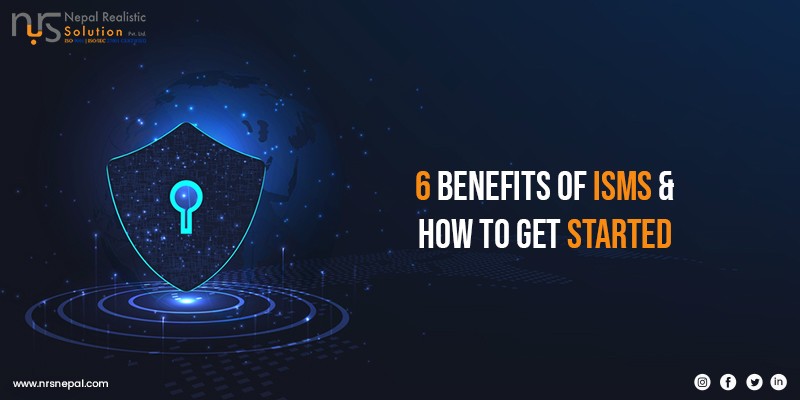
Data breaches are a growing threat to businesses, and enterprises must develop an Information Security Management System (ISMS) to mitigate these risks and protect sensitive data. The benefits of ISMS provide the robust defenses needed to prepare for and defend against inevitable security breaches.
By developing and deploying ISMS, your organization can secure sensitive data, fortify against cyber-attacks, and reduce costs associated with information security. Let’s take a moment to define an ISMS, the importance of GDPR compliance and ISO 27001 certification, and how you can develop an ISMS for cyber security protection.
What is an ISMS?
ISO 27001 is the international standard that provides the specification and requirements for implementing ISMS – a system of processes, documents, technology and people that helps an organization manage, monitor, audit and improve its information security.
The goal of ISMS is to ensure that the organization’s information security risks are kept at an acceptable level.
The key benefits of implementing an ISMS are:
1. Secure your information
ISMS can secure information in a number of ways, including through the use of security controls, which can help to protect information from unauthorized access, use, disclosure or destruction. Security controls can also help ensure that information is accurate and reliable, and that it is available when needed.
2. Improve company culture
ISMS can improve company culture by promoting a security-conscious environment, and by providing employees with the knowledge and tools necessary to protect the organization’s information assets
3. Establish a centrally managed framework
ISMS provide a centrally managed framework for an organization to establish, implement, operate, monitor, review and continually improve its information security.
4. Protect your entire organization
ISMS is designed to protect the entire organization by providing a framework for managing information security risks. It includes policies and procedures for identifying, assessing and managing risks to information security, and for incident response and recovery.
5. Respond to evolving security threats
ISMS reduces the threat of continually evolving risks by implementing a comprehensive and proactive approach to security that includes regular risk assessments, the development of security policies and procedures, the implementation of security controls, and ongoing monitoring and reporting. By taking these steps, an ISMS helps organizations keep up with the latest security threats and vulnerabilities and take proactive measures to prevent or mitigate them.
6. Reduce costs associated with information security
ISMS can reduce information security costs by establishing a set of standardized procedures and controls that can be used to manage and protect information assets. By having a centralized and coordinated approach to information security, organizations can avoid duplicate efforts and wasted resources. In addition, ISMS can help organizations identify potential risks and vulnerabilities early on, which can help prevent or mitigate the impact of security incidents.
7. Protect confidentiality, availability, and integrity of data
ISMS protects the confidentiality, availability and integrity of information by implementing controls and processes that aim to prevent, detect and respond to information security incidents. The controls and processes implemented will vary depending on the specific needs of the organization, but may include access control measures, data encryption, and regular monitoring and auditing of systems and data.
8. Increase resilience to cyber attacks
ISMS can increase resilience to cyber attacks by increasing awareness of potential threats, implementing controls to reduce the likelihood of attacks, and having a plan in place to respond quickly and effectively to an attack if one does occur.